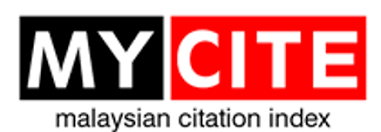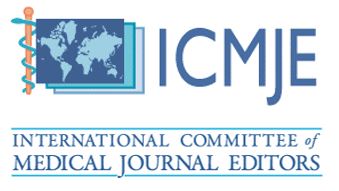Prescribing Practice of Third Generation Cephalosporins in Medical Wards at Hospital Queen Elizabeth II (HQEII)
DOI:
https://doi.org/10.51200/bjms.v15i3.2631Keywords:
prescribing appropriateness, ceftazidime , melioidosis , third-generation cephalosporinAbstract
Cephalosporins are amongst the most used antibiotics in hospital settings worldwide. The antibiotic report collated by the Pharmacy Department from Hospital Queen Elizabeth II
(HQEII) in 2018 reflected high usage of third generation cephalosporins in medical wards, and indeed HQE II was one of the top users nationwide. This study aimed to evaluate the prescribing pattern of third-generation cephalosporins in medical wards as per National Antimicrobial Guidelines (NAG) 2019. A prospective, observational study was conducted in medical wards from June 2019 till January 2020. Patients who were started with third-generation cephalosporins (ceftazidime, ceftriaxone, cefotaxime, cefoperazone/sulbactam)
were recruited, where 137 patients were enrolled with 60.6% were males. The mean age of patients was 53+16.8 years old. Antibiotics were initiated as per NAG recommendation. Cultures were taken before antibiotic initiation. Respiratory-related infections (n = 54, 39.4%) were the main indication and, antibiotics were continued as definite therapy in 38 patients (27.7%). The median duration of antibiotic treatment was 5 days (interquartile range = 3). Ceftazidime (n = 85, 62%) was most prescribed followed by ceftriaxone (n = 48, 35%)
and cefotaxime (n = 4, 2.9%) respectively. It was worth noting that ceftazidime was primarily
used as empirical therapy for melioidosis (n = 64, 75.3%), particularly in patients with diabetes mellitus (n = 40, 62.5%), chronic kidney disease (n = 27, 42.2%), and/or occupational exposure (n = 4, 6.3%). The mean ceftazidime duration for empirical melioidosis was 3.2+1.6 days. Overall, third-generation cephalosporins were appropriately prescribed in medical wards as per NAG 2019. Further exploration of ceftazidime usage in empirical melioidosis is warranted.
Downloads
Published
How to Cite
Issue
Section
License
The copyright of the article belongs to the authors, who retain ownership of their work published in the journal. Their work is distributed under the CC BY-NC 4.0 license








1.png)




